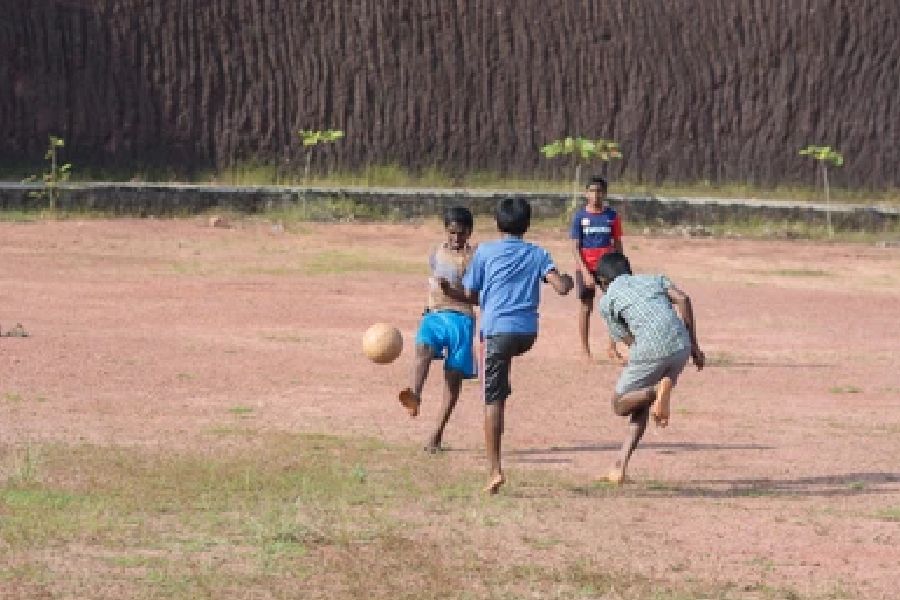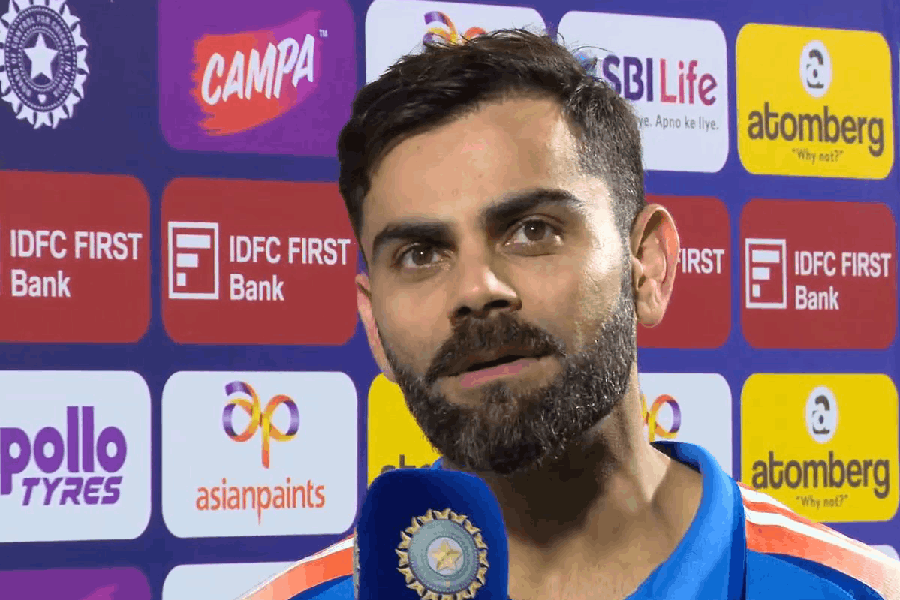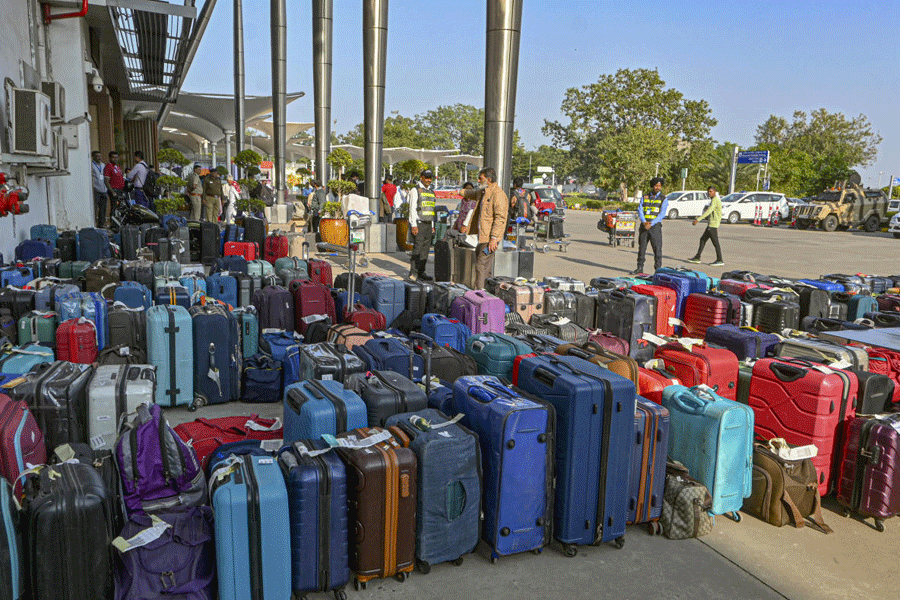The playing field in India is set to change. This month, the Union cabinet approved the National Sports Policy 2025, which lays out an ambitious ‘five-pillar plan’ to embed sport at the heart of national development. It has signalled a shift from simply chasing medals to a broader, more holistic, vision. Where the erstwhile 2001 policy focused on talent scouting and podium finishes, the new framework expands sport’s role to five objectives: excellence on the global stage, economic growth, social development, education, and mass participation. The ambition is clear — positioning sport as a public good in a nation where one in every two individuals has lifestyle disorders owing to sedentary lives. That shift is both necessary and long overdue. In fact, a report by the Organisation for Economic Co-operation and Development shows that countries that have taken sport seriously as a part of education, public health, urban planning, and employment — Finland, Japan, Australia, and the Netherlands are examples — report better civic and developmental outcomes.
The policy also views sport as an economic engine. It points to the potential of job creation in coaching, sports science, broadcasting, apparel, event management and so on. Globally, the sports economy generates over $600 billion annually. In India, it earns a mere 0.1-0.2% of the gross domestic product. Even moderate progress could unlock thousands of crores in value. The policy encourages start-ups, domestic manufacturing, CSR funding, and public-private partnerships and lays out, at least in theory, the groundwork for a sporting ecosystem that is modern, inclusive and strategic. The NSP 2025 also recognises that sport can serve as diplomatic soft power — Qatar spent billions on the 2022 World Cup not just to entertain football fans but to rebrand the country’s international image. India’s bid to host the 2036 Olympics hinges on whether the country can create an ecosystem where sport can thrive socially and economically.
And yet, for all its promise, the NSP 2025 stumbles in familiar places. It fails to turn inclusion into law — mention of women, persons with disabilities, tribal communities, and underrepresented groups runs through the document but there are no enforceable quotas, mandated benchmarks, or mechanisms for accountability. Most glaring is the total absence of any mention of transgender and non-binary athletes. There is also the issue of governance. India’s national sports federations — bureaucratic quagmires — remain riddled with conflict of interest, age fraud, doping, opaque selections, and entrenched power structures. The policy offers little by way of structural reform. Drafts of a National Sports Governance Bill 2024 and a National Code for Good Governance in Sports 2017 have existed for a while and the NSP 2025 would have done well to push for these to be passed. Despite its vaulted ambitions, there are no clear targets, no timelines, and no independent body to assess progress. As usual, the gap between vision and implementation is where India’s grand plan on sport may falter. The question is no longer whether India is ready to play. It is whether India is ready to do the work that playing well demands.










